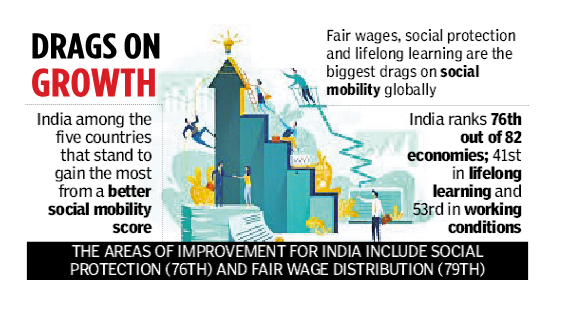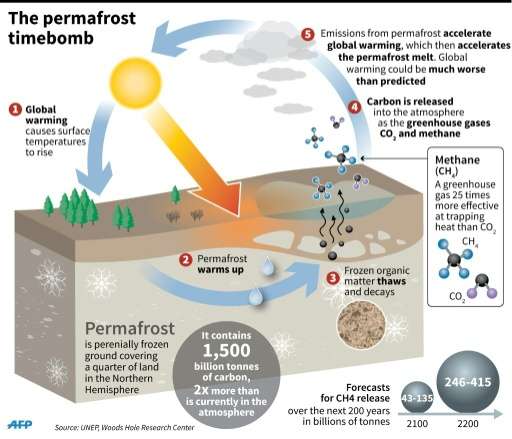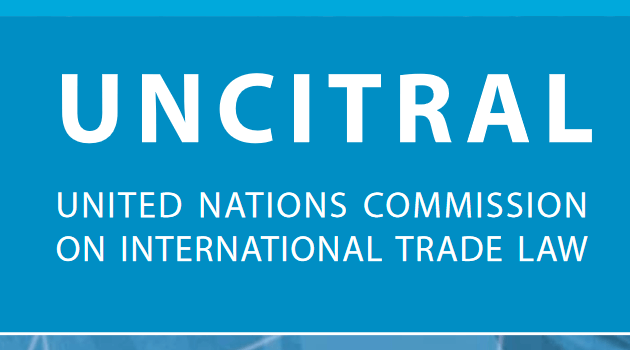From UPSC perspective, the following things are important :
Prelims level: Not much.
Mains level: Paper 3- Trade war, Globalization and effects on Indian economy.
Context
Given its increased heft in the global economic order, India ought to be at the leading edge of the current debate of the future of capitalism.
The emergence of “stakeholder capitalism”
- Interests of all shareholder: Klaus Schwab, who founded the World Economic Forum 50 years ago, wants capitalists to look beyond their shareholders and consider the interests of all the stakeholders.
- Long overdue debate: Some hope that the debate on stakeholder capitalism is a long-overdue recognition of the capitalist excesses of recent decades.
- Generating value for customers: Last August, the Business Roundtable in the US, which brings together some of the top American corporates, said American companies must now generate value for customers.
- Invest in their employees.
- Deal fairly with suppliers and support the communities in which they operate even as they service their shareholders.
- Scepticism over “interests of all shareholders”: Sceptics say that this is a nice way of saying the right things, repackaging old ideas on corporate social responsibility and creating illusions about reforming capitalism.
- Cynics insist that it will be business as usual for the world’s capitalists.
- Reflection of deeper crisis: Beyond this divide between optimists and pessimists, the discourse on “stakeholder capitalism” is a reflection of the deeper crisis afflicting the global economy today.
Three major challenges according to WEF
- In its annual survey on global risks, the WEF has identified many challenges. Three of them stand out.
- First Challenge: Polarised politics
- In the US Trump is unlikely to be defensive.
- While the dominant sentiments see Trump as the very embodiment of nationalism and populism that are polarising politics around the world.
- Others point to the structural conditions that have bred these forces.
- America’s working-class whose wages haven’t risen in decades, whose jobs are less secure than ever rallied behind Trump.
- Politics in the US: Much the same happened in the British elections last year.
- Tory leader Boris Johnson won a sweeping mandate by breaking into the working-class strongholds of the Labour Party.
- Second Challenge: Trade war
- Trump had a long record of denouncing free trade.
- Many had hoped that Trump will moderate his anti-globalist rhetoric once in office.
- Attack on a core principle of globalisation: Trump has taken a pickaxe to the core principles of the globalised economic order – free trade, open borders and multilateralism.
- Renegotiating the treaties: The US has renegotiated a 25-year old trade agreement with America’s neighbours, Canada and Mexico.
- The threat of all-out-trade war with China: Trump’s threat of an all-out trade war with China over the last couple of years has led to an interim agreement.
- The agreement commits Beijing to reduce its trade surplus with the US by importing more.
- The trade deficit of the US with EU: At Davos, Trump is expected to turn his ire on the EU, which has a near $200 billion trade surplus with the US.
- Third challenge: Technology
- War in technology domain: The trade wars among the world’s major capitalist centres is accentuated by the technological revolution, especially in the digital domain.
- Need for coordination: The Davos report on global risks argues that the realisation of the full potential of new technologies depends on unprecedented coordination among all stakeholders.
- Digital fragmentation: What is emerging instead is “digital fragmentation” marked by the extension of geopolitical and geo-economic rivalries into the new domain.
- Digital issues have come to the front and centre of American arguments with Europe.
Conclusion
- India must find ways to take advantage of the new opportunities from the unfolding rearrangement of the global capitalist system.
Get an IAS/IPS ranker as your 1: 1 personal mentor for UPSC 2024




